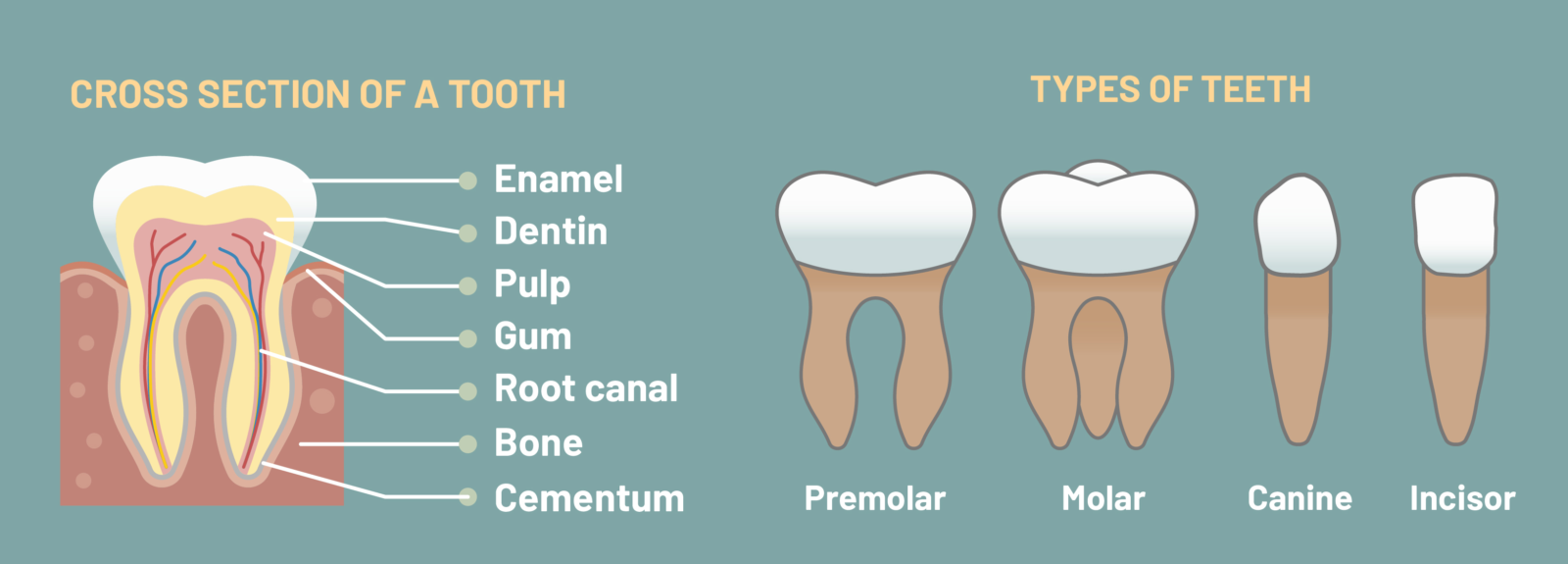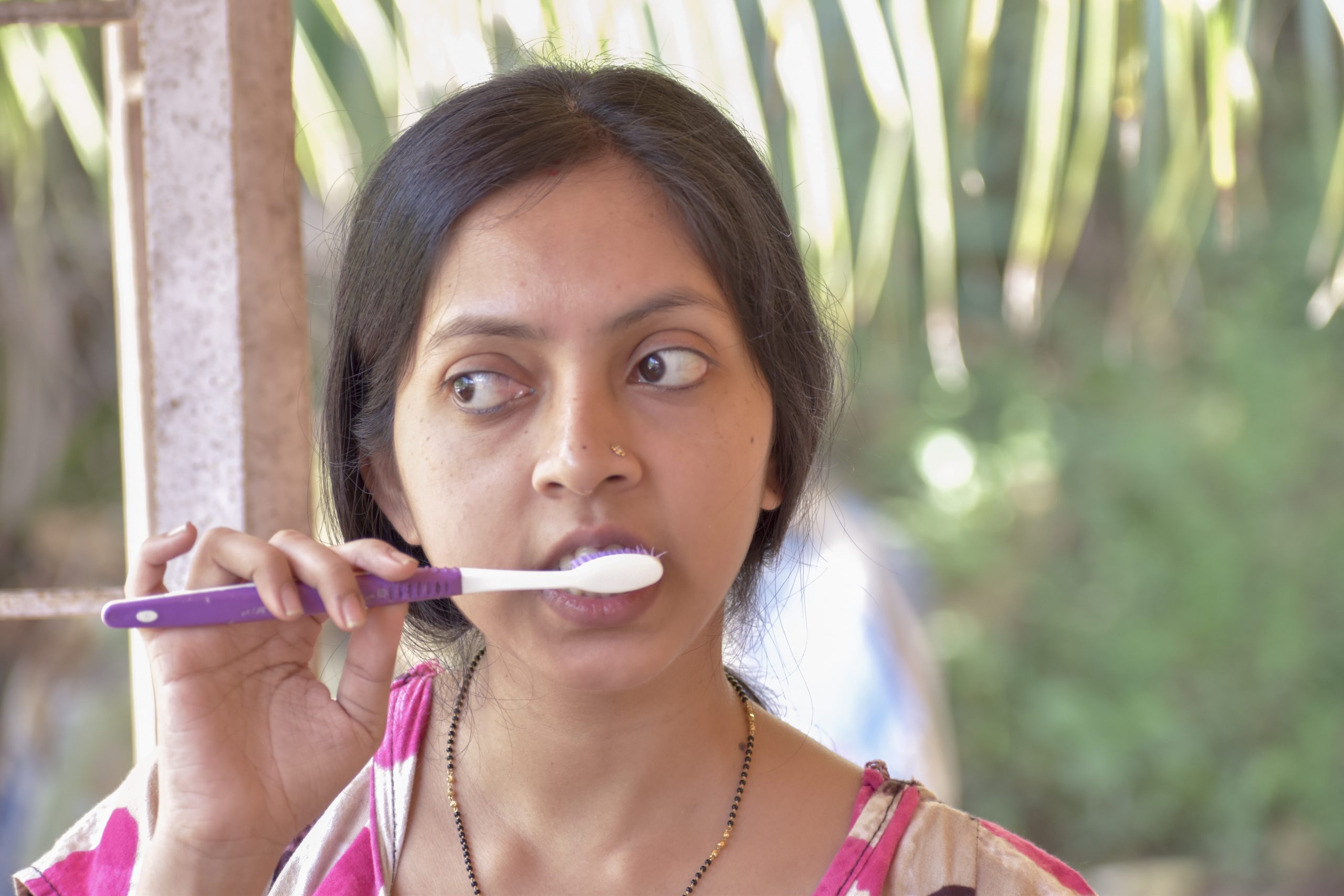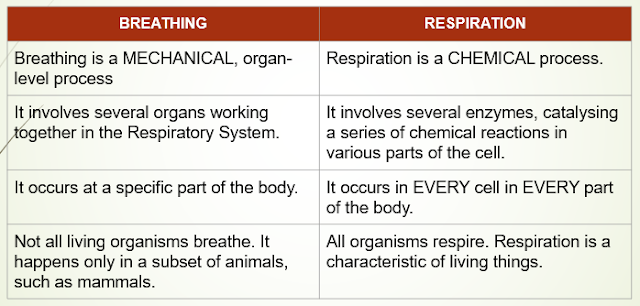TEETH & DENTAL HYGIENE [CSEC HSB & BIOLOGY]
SYLLABUS REFERENCE
CSEC HSB
- [B1.14] relate the types of teeth present in an infant and an adult human to their roles;
- [B1.15] explain the importance of teeth in the process of digestion;
- [B1.16] relate the structures of the tooth to their functions;
- [B1.17] state the causes of tooth decay;
- [B1.19] outline guidelines for the care of the teeth;
CSEC BIOLOGY
- [B2.7] relate the structures of the human alimentary canal to their functions;
- simple diagrams of the internal structure of a tooth required. Mastication and the role of teeth in the mechanical breakdown of food to be included.
BABY VS ADULT TEETH
Human beings have two sets of teeth.
They begin with a temporary set of teeth, called the DECIDUOUS or BABY TEETH.
- They include 8 incisors, 4 canines (cuspids), and 8 molars.
- Rarely, a baby is born with a tooth or gets a tooth very early. This is called a neonatal or milk tooth. They fall out when the real baby teeth start erupting at an average of 8 months.
- The lower central incisors usually appear first.
The baby teeth does have roots, but those are resorbed (dissolved) as the permanent teeth begin to push outward. The roots provide a hole for the permanent teeth to emerge.
Baby teeth begin falling out around age 6, and are replaced by PERMANENT TEETH.
- By age 12 most children have 28 of their 32 permanent teeth.
- The first permanent teeth to erupt are the 1st molars.
- The four 3rd molars do not erupt until the age of 17-21.
TYPES OF TEETH
INCISORS
- The 8 incisors are shaped like a shovel.
- They have a sharp cutting edge.
CANINES
- The 4 canines (cuspids) are longer and stronger than the incisors, rooted deeply into the bones of the jaw.
- Pointed upper canines are commonly eye teeth; their function is tearing food.
BICUSPIDS
- The 8 bicuspids are also called the premolars.
- Rather than having a sharp or pointed top edge, they have a wider surface with 4 cusps or elevations.
- They are well-suited for grinding action.
MOLARS
- The 12 molars are the largest of the permanent set of teeth, with 4, and often 5 cusps for grinding.
- The 3rd molars, or wisdom teeth, are often pulled because they do not emerge in the correct position.
TOOTH STRUCTURE & FUNCTION
PARTS OF TOOTH - EXTERIOR
There are 3 parts to every tooth:
- Crown: portion above the gum line.
- Root: embedded in the gum.
- Neck: between the crown and neck.
PARTS OF TOOTH - INTERIOR
- Pulp: soft interior cavity.
- Cementum: thin bone layer covering and protecting the root.
- Dentine: the solid, most bulky portion of the tooth interior.
- Enamel: hard covering on exposed part of tooth.
- Root canal: narrow tunnel for blood vessels and nerves to enter the pulp.
ORAL HYGIENE
Oral hygiene refers to the practice of keeping the mouth and teeth clean.
This prevents periodontal problems, involving the teeth or gingiva, and bad breath.
- Once or twice daily brushing with a mild abrasive and flossing with a wax-coated string is recommended.
- Brushing and flossing helps control the formation of dental plaque, also called tartar or calculus.
- Dental plaque is an accumulation of mineral film on the surface of the teeth. It is usually colorless or stained by food or beverages.
- Once it forms it must be removed by a professional using scraping or ultrasonic tools. Unless this is done, gingiva will become irritated and inflamed.
TOOTH DECAY
Acid-forming foods left on the teeth, mouth, and tongue de-mineralize tooth enamel, causing cavities or holes.
The cavity will eventually expose the nerve-filled pulp, and cause pain.
The cavity must be drilled out, cleaned, and filled with gold, silver amalgams (mercury alloy), or tooth-colored composites, ceramics, or inlays.










